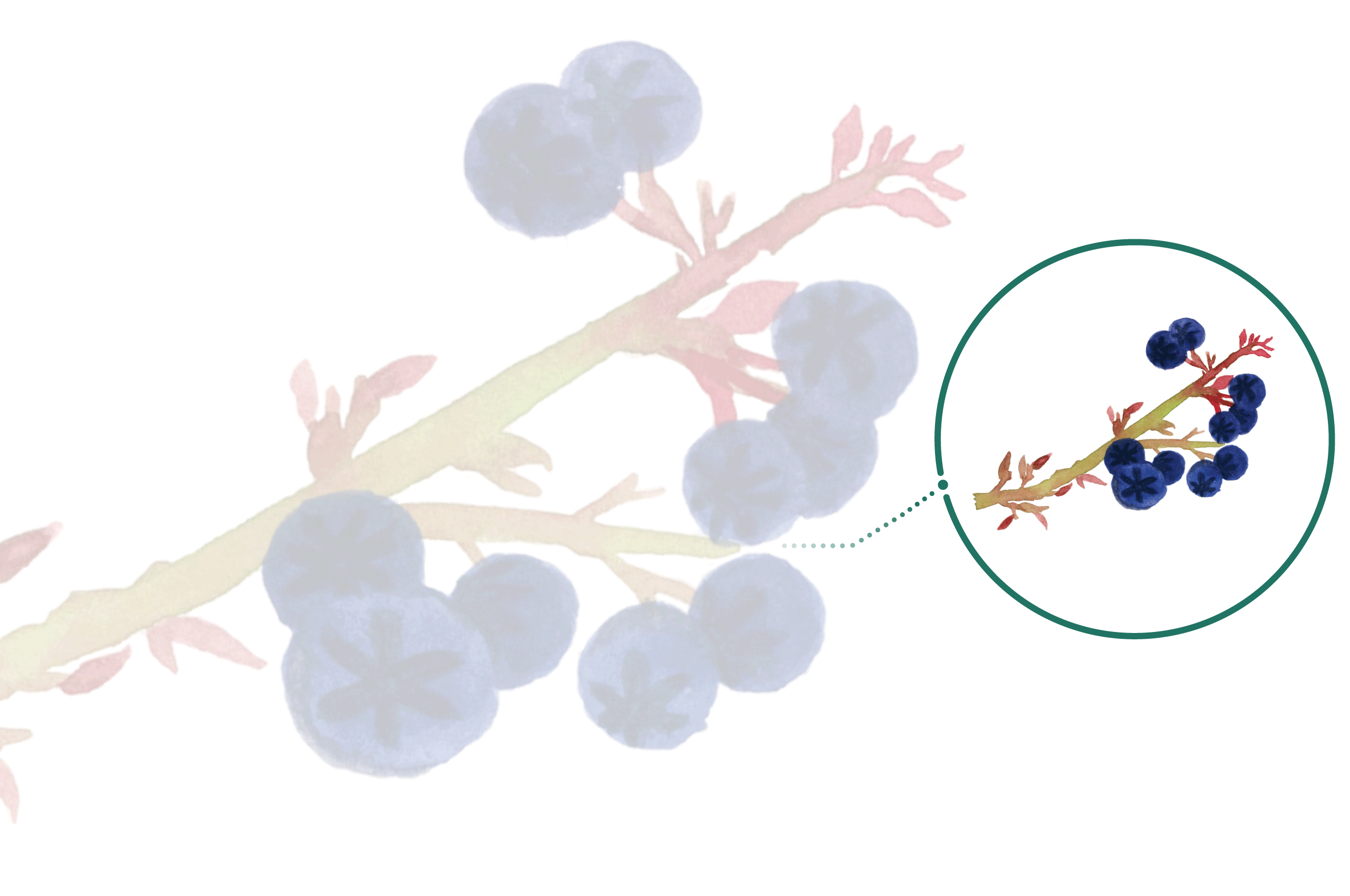A traditional Korean meal normally consists of seven different dishes that are shared amongst a group of people. In South Korea, eating out alone used to be impossible because of how meals were prepared in restaurants, which were focused on serving large groups of people. But now a cultural shift has begun, and it is more common for people to eat out by themselves. Companionship in South Korea has now shifted from physical interaction to the screens of people’s phones.
In an article released by the Yonhap News Agency based in Seoul, “The single-member households have… the largest portions of all households since 2008…” According to data released by the South Korean Ministry of Interior and Safety, the number of single person households reached 7.39 million out of the 21.2 million households in South Korea. This shift from families to single-member households has driven individuals to find other types of companionship.
Due to the increased number of single-member households, restaurants in Seoul are now beginning to accommodate the single eater. This new phenomenon is called honbap, which translates to eating alone, and restaurants such as Seoul’s Dokgojin support this cultural shift in Korea. “Dokgojin caters specifically to people who, either by choice or lack of options, are eating alone,” Steven Borowiec, an editor stationed in Seoul, states in his article with koreaexpose.com. TVs or iPads are commonly found in each booth in restaurants like Dokgojin. These provide entertainment for those who eat by themselves.
According to a honbap video made by Sarah and Kyuho on their YouTube channel, 2heartsand1seoul, honbap culture is starting to spread to other activities such as honsul (drinking alone) and honyeong (watching movies alone). Sarah and Kyuho show how South Korean culture has shifted by taking viewers into a honbap restaurant. Single people in South Korea now have the opportunity to go out comfortably by themselves without feeling ostracized for being alone.
Mukbang
Another form of digital companionship for people who eat alone is mukbang. Mukbang is a live-stream video where a broadcast jockey (BJ) eats a large amount. AfreecaTV, a South Korean video-streaming service, has embraced this culture and is now the breeding ground for BJs who specialize in mukbang. These BJs provide companionship to the solo diner by allowing interaction with their viewers through live-stream videos. According to an article from National Public Radio, BJs can earn up to $10,000 per video from the support of their viewers, which is why people have invested in creating mukbangs. BJs also offer different types of entertainment by incorporating elements like cosplay, or challenges such as eating 20 packs of ramen in one sitting.

A famous mukbang BJ, TheDiva, made the news at Time, Daily Mail, and CNN, for earning over $9,000 a month on her videos. Her petite figure contrasting with the large amount of food she consumes in her live-stream videos has captured the attention of 1.5 million viewers to her channel and has earned the support of 48,000 donors.
Another BJ, Aebong-ee, known for her signature snapback cap positioned on the side of her head, has a bright smile and energetic humour that have gained her a following on YouTube and AfreecaTV. With a large plate of deep-dish pizza, a side of chicken wings, and tteokbokki (a Korean rice cake dish), she entertains her audience with dances and jokes as she consumes large amounts of food.
Similarly, BJ Ummma, known for his friendly smile, and for being energetic and polite, often interacts with his viewers and provides different genres of videos, such as gaming videos, in addition to mukbang.
With the rise of new eating trends such as honbap and mukbang, people no longer need to make plans to see one another to have a meal. Instead, single South Koreans now have the option to go out with friends, dine out alone at honbap restaurants, or stay home to watch a mukbang while eating. Broadcast jockeys create a community for people who eat by themselves so that they can dine alone, together. These options provide both human companionship and entertainment while suiting each individual’s needs.











